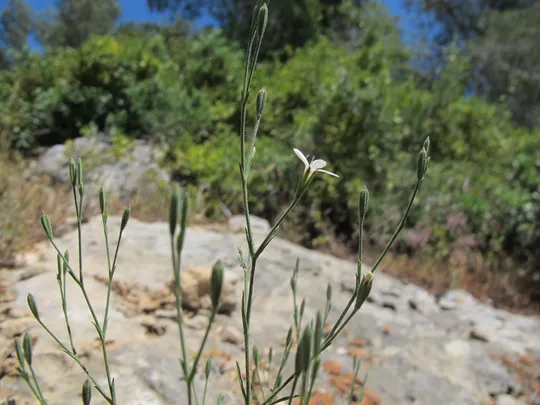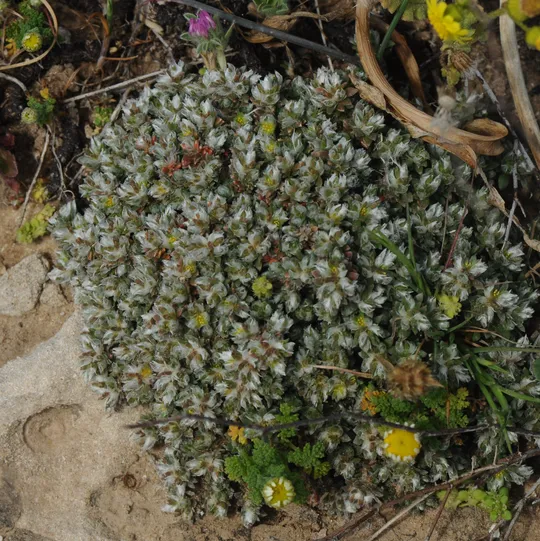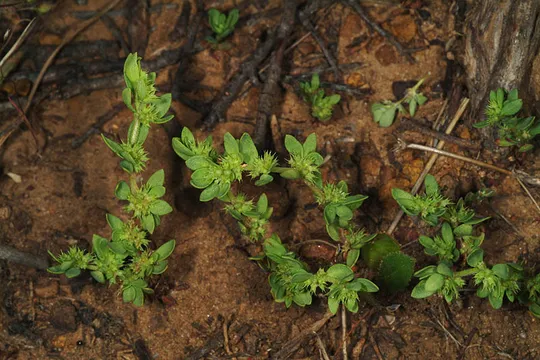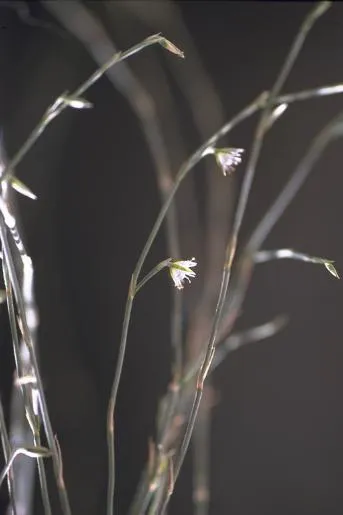Petrorhagia arabica
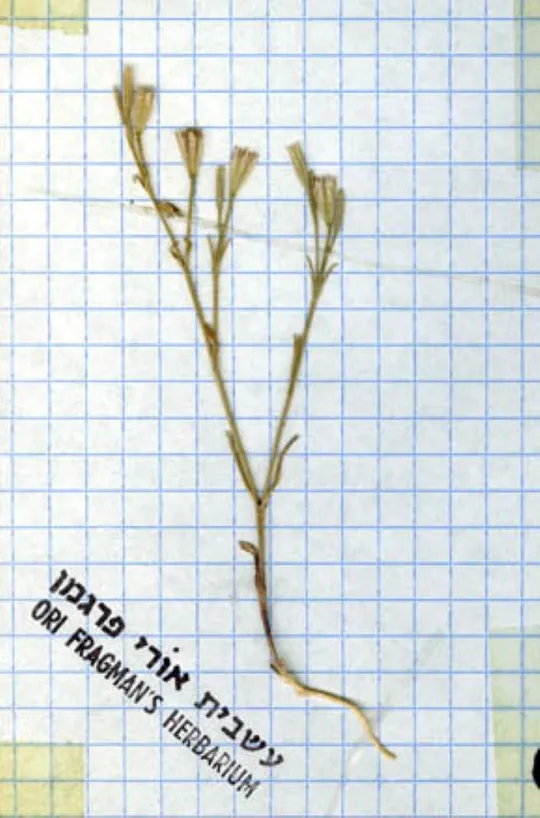
Petrorhagia arabica
is a very rare plant, which is found in three regions, from three separate
collections in Israel: in 1926, it was found, in the Borokhov neighborhood (now
Giv’atayim) in the Philistian Plain. It was never found again on the coastal
plain, not even during the rare species survey. In the Dead Sea region, it was
collected at En Gedi in the 1940s and has not been seen there since. In the
Negev Highlands it was collected from the Ramon Crater in the 1950s. In the
Flora Palaestina (Danin, 2004) the species is noted in the literature from the lower
Jordan Valley, probably from Jericho (this may be a mistaken identification of P. zoharyana)
and from the Negev Highlands.
Deserts, probably rocky slopes on Desert Mountains.
The genus Petrorhagia has 28 species, mainly
annuals as well as herbaceous perennials. The genus range includes the Canary
Islands, the entire Mediterranean Basin, Western and Central Europe to the
Baltic Sea and eastwards and the entire Middle East to Kashmir. The center of
diversity of the species is in the Mediterranean area. The plant was described
from a specimen collected by the botanist Kaiser in the 19th century in Wadi Ali’at
at an altitude of 700 meters (?) on the ascent to Jabal Sirbal. Until the 1980s,
most researchers treated the two taxa – P. zoharyana
and P.
arabica, as one species. Thus, in Post's Flora (1896, 1932) the
distribution of P. arabica continues north
to Jericho, the Gilboa, Mount Grizim, and to Safed, but these plants were actually
P.
zoharyana.
•
Petrorhagia
arabica is known in Israel from only three
collections, from three sites, one of which (the Borokhov neighborhood, 1926) is long extinct and two other sites were
apparently episodic events.
•
No
plant survey was conducted in the areas where P. arabica grows in the Negev, therefore it is unclear whether the
species is episodic in Israel or whether it is a rare species growing in desert
habitats that have not yet been found. Moreover, the species is annual, and may
possibly preserve a large seed bank and appear only every few decades.
A comprehensive survey of the Negev should be conducted
to discover Petrorhagia arabica populations and
to determine if it is an episodic or autochthonous (indigenous) species with stable populations.
Petrorhagia arabica
is an endemic species to Sinai, southern Jordan and the Israeli Negev. It is a very
rare plant that was collected only a few times over a hundred and fifty years. In
Sinai it grows in the high mountain region of southern Sinai and was also
collected once on Aǧma and Tiah in central Sinai. The plant is rare in the
Negev and in Sinai – a Hebrew University expedition to the Sinai Peninsula studied
the flora of Sinai for more than ten years (Danin et al., 1985), but could not
find a single specimen of P. arabica. In Jordan, the
plant grows in the highlands of Edom and Moab. Heller (1980-1999) notes P. arabica
from Horan (Ǧebel Druz), but it may possibly be a mistaken identification of P. zoharyana
growing there. Information on its habitat and exact systematic status is
lacking because of its extreme rarity.
: Petrorhagia arabica
is a desert annual
sub-endemic to Sinai, Israel and southern Jordan that is
extremely rare in all the areas in which it grows. It is not clear if its appearance
in Israel is episodic or whether there are only a few permanent populations. The
plant was added to the red species list because it is endemic, first described
from the mountains in South Sinai. It also grows on the southern Jordan highlands;
consequently there is a good chance that it will be discovered in the Negev
Highlands. If the plant is not episodic, its conservation is very important because
it is disregarded in neighboring countries. However, it is also possible that P. arabica
is a globally extinct species.
Liston, A. 1986, A New Species of Petrorhargia. Candollea 41, (1), 179-181.
Current Occupancy Map
| 1000 squre meter pixel | 5000 squre meter pixel | 10000 squre meter pixel | |
|---|---|---|---|
| number of observations | 0 | 0 | 0 |
| in total pixels | 0 | 0 | 0 |
| Family | Caryophyllaceae |
| Classification | On the endangered species list |
| Ecosystem | Desert, Desert Mountains |
| Chorotype | Endemic (Saharo – Arab) |
| Conservation Site | Ramon Crater? |
| Rarity |
1
5
6
|
|---|---|
| Vulnerability |
0
0
4
|
| Attractiveness |
0
0
4
|
| Endemism |
0
2
4
|
| Red number |
1
4.2
10
|
| Peripherality | N |
| IUCN category | DD EW EX LC CR EN VU NT |
| Threat Definition according to the red book | Extinct |
 Based on:
Based on:
